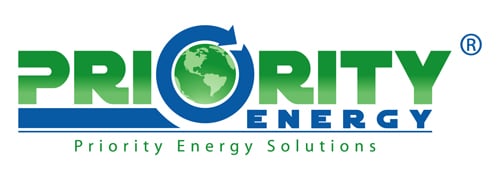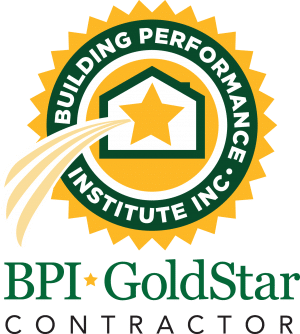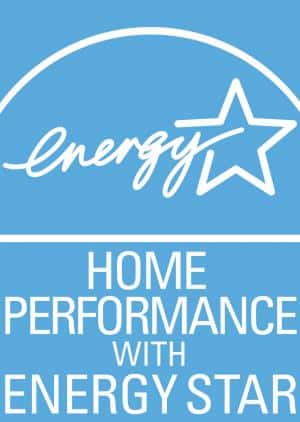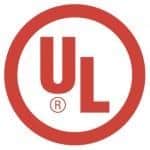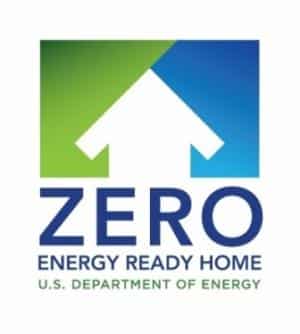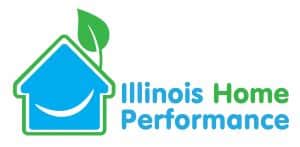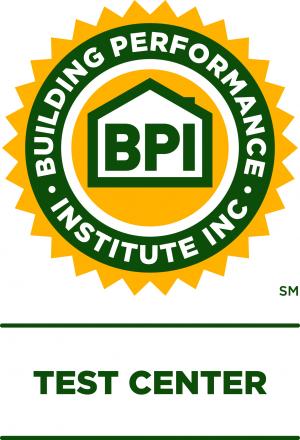We spend 90% of our time indoors, according to the Environmental Protection Agency (EPA). An increasing number of studies show that poor indoor air quality in our homes, schools and workplaces can have an adverse effect on our health, well-being, and productivity.
Ventilation and air filtration are especially important today, in helping to prevent the spread of germs, such as COVID-19. Businesses, schools, stores, and other public indoor environments should review their HVAC systems to be sure they are ready for a safe re-opening. Read our article on Reducing Indoor Risk.
ASHRAE, the globally recognized HVAC authorities, published this extensive article on Building Readiness for The Post-Pandemic Era.
Priority Energy is available to help you make sense of all this information and develop a plan to make your indoor environment as healthy and safe as possible.
ALLERGIES, ASTHMA AND BREATHING CONDITIONS
Indoor air pollutants have been shown to exacerbate allergy and asthma symptoms or increase the risk of developing respiratory problems. The following are just some statistics showing how significant allergies and asthma issues are today:
- Pediatric asthma has increased from 40.1 to 69.1—a 72.3% increase.
- Asthma is the sixth ranking chronic condition in our nation and the leading serious chronic illness of children in the U.S. (American Lung Association).
- A 2003 study published in the Journal of Allergy and Clinical Immunology estimated the annual costs for asthma treatment is over $4,900 per person.
- For people with existing heart problems, exposure to high levels of air pollution can trigger the irregular heartbeats that may lead to a stroke or heart attack, according to a new study (New York, Reuters Health).
- Radon is the number one cause of lung cancer among non-smokers, according to EPA estimates.
- Particle pollution, especially fine particles, contains microscopic solids or liquid droplets that are so small they can get deep into our lungs and cause serious health problems (EPA).
- Productivity
The U.S. Environmental Protection Agency (EPA) reports that indoor air pollution, commonly called sick building syndrome, costs businesses $60 billion annually. The issues associated with sick building syndrome are vast and include the following:
- Occupants of buildings with sick building syndrome complain of eye, nose, and throat irritation, headaches, dry cough, dry or itchy skin, dizziness, nausea, difficulty in concentrating, fatigue, and sensitivity to odors, according to the EPA.
- Building-related illnesses include sinusitis, bronchitis, asthma, humidifier fever, dermatitis, Legionnaire’s Disease, and Pontiac Fever.
A study by the National Center for Biotechnology Information (NCBI) on 12 million workers in office buildings across the United States shows the positive results that have been seen in employee performance after indoor ventilation was improved and particulate levels were reduced.
Results showed:
- Employee work output was increased by 0.6 to 1%.
- Sick building symptoms decreased by 10 – 19% in nearly 16 million workers.
- Absences were reduced by 7 – 10 million days (from Lawrence Berkeley Laboratory).
There is a 6% – 9% increase in productivity associated with better indoor air quality.
CONTAMINANTS MOST COMMONLY FOUND IN INDOOR AIR:
Contaminants include synthetic insulation, smoke, paint fumes, dust mites, synthetic carpet outgassing, pet dander, toxic household cleaners, fabric outgassing, natural gas/CO2, construction materials, mold & mildew, carbon monoxide, oil & gas fumes, radon, and formaldehyde.

